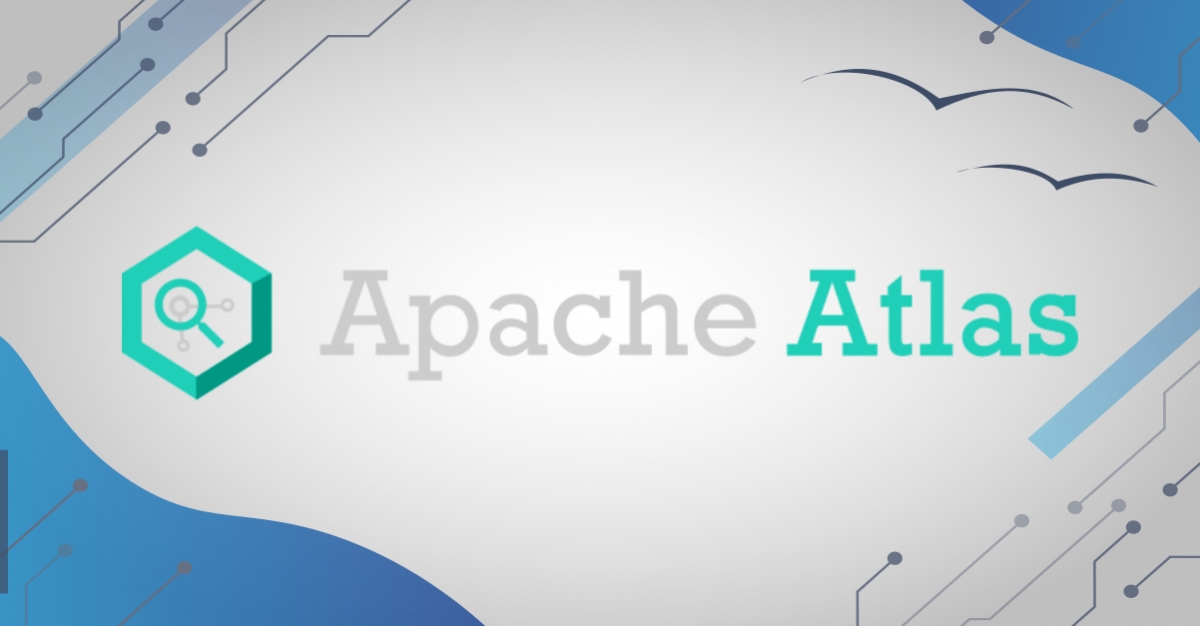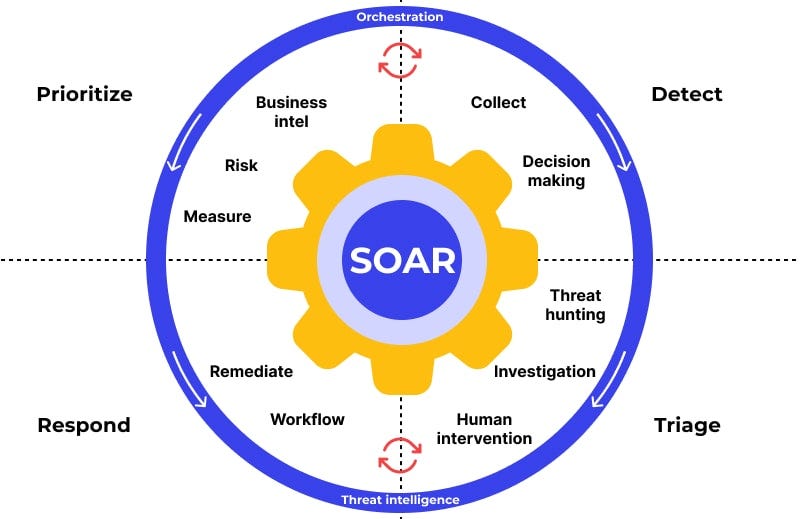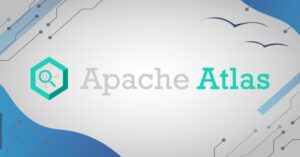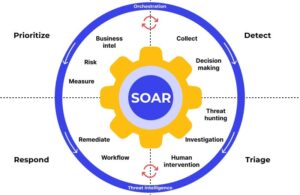Visualizing Spark Logical Plans with Apache Atlas Data Lineage
Data lineage is crucial for understanding and tracking data transformations in complex systems. This article explores how to create data lineage in Apache Atlas from Apache Spark logical plans, offering insights into the process and challenges involved.
Understanding the Challenge
Apache Spark’s logical plans represent data transformations, but visualizing these plans in a metadata management system like Apache Atlas presents unique challenges. Our goal is to demonstrate how Spark’s logical plans can be mapped to Apache Atlas entities, creating a visual representation of data flow.
The Approach
Our method involves several key steps:
- Parsing Spark’s logical plan into an Abstract Syntax Tree (AST)
- Defining custom entity types in Apache Atlas
- Creating a mapping between AST nodes and Atlas entities
- Generating and sending entity data to Atlas via REST API
Let’s break down each step:
Parsing the Logical Plan
We start by creating a simple Spark job and extracting its logical plan:
val spark = SparkSession.builder()
.appName("Logical Plan Example")
.master("local")
.getOrCreate()
// ... [Spark job code] ...
val logicalPlan = resDF.queryExecution.logicalThis logical plan is then parsed into an AST, which we’ll use to create Atlas entities.
Defining Custom Entity Types
In Apache Atlas, we define custom entity types to represent our Spark operations:
{
"entityDefs": [
{
"name": "pico_spark_data_type",
"superTypes": ["DataSet"],
"attributeDefs": []
},
{
"name": "pico_spark_process_type",
"superTypes": ["Process"],
"attributeDefs": [
{
"name": "inputs",
"typeName": "array<pico_spark_data_type>",
"isOptional": true
},
{
"name": "outputs",
"typeName": "array<pico_spark_data_type>",
"isOptional": true
}
]
}
]
}Mapping AST to Atlas Entities
We create functions to map our AST nodes to Atlas entities:
def generateSparkDataEntities(domain: String, execJsonAtlas: String => Unit): AST => Unit = {
// ... [Implementation details] ...
}
def generatotrProcessEntity(domain: String, qualifiedName: (Node, String) => String): (AST, String) => String = {
// ... [Implementation details] ...
}Sending Data to Atlas
We use Atlas’s REST API to send our entity data:
def senderJsonToAtlasEndpoint(postfix: String): String => Unit = {
jsonBody => {
val createTypeRequest = basicRequest
.method(Method.POST, uri"$atlasServerUrl/${postfix}")
.header("Authorization", authHeader)
.header("Content-Type", "application/json")
.body(jsonBody)
.response(asString)
val response = createTypeRequest.send(backend)
println(response.body)
println(response.code)
}
}Challenges and Considerations
- Entity Relationships: Ensuring proper relationships between entities in Atlas can be complex.
- Performance: Large Spark jobs may generate extensive lineage, potentially impacting Atlas performance.
- Maintenance: As Spark evolves, the mapping logic may need updates to accommodate new features.
Future Improvements
- Develop a more robust AST parser for Spark logical plans
- Enhance entity type definitions in Atlas for better representation of Spark operations
- Implement real-time lineage updates as Spark jobs execute
Conclusion
While this approach demonstrates the feasibility of visualizing Spark logical plans in Apache Atlas, it’s important to note that this is a prototype. Production use would require further refinement and testing. However, this method opens up exciting possibilities for enhancing data lineage in big data ecosystems.
By bridging the gap between Spark’s logical plans and Atlas’s metadata management, we can provide data engineers and analysts with powerful tools for understanding data transformations and ensuring data governance.














Post Comment